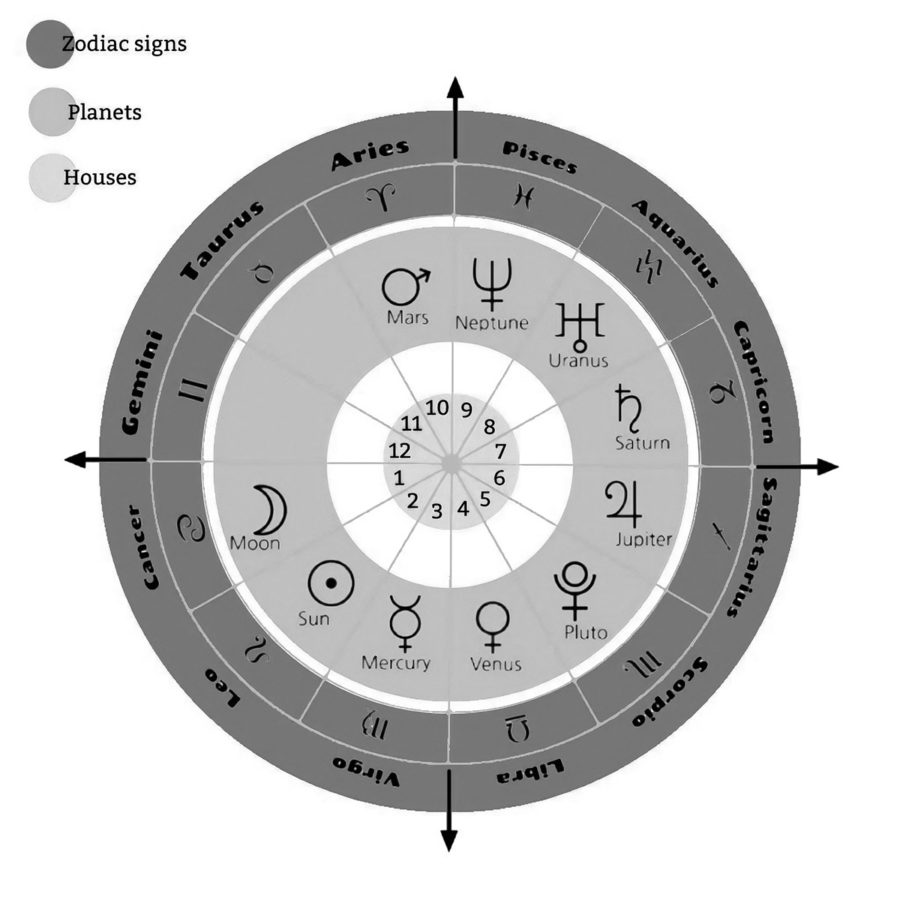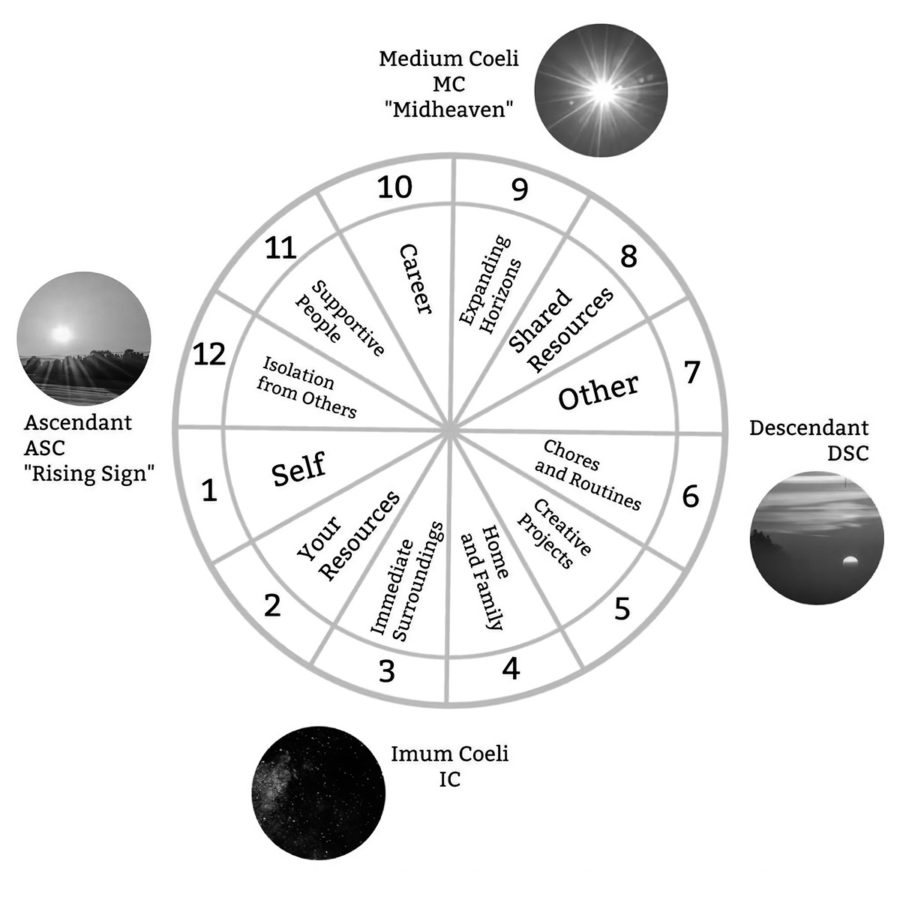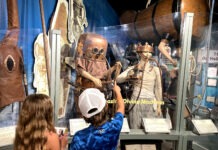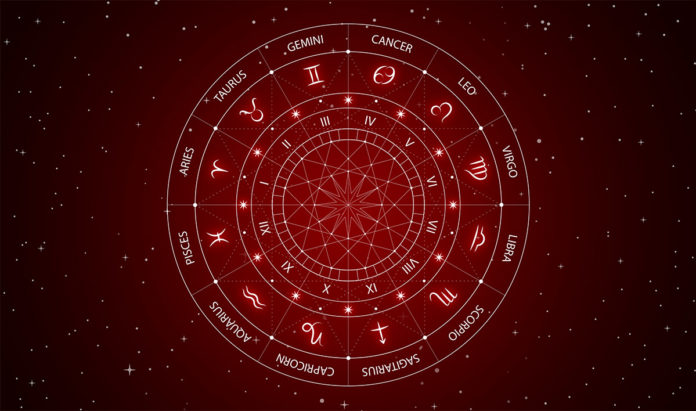So you know you’re a [insert zodiac sign here], which means you are [insert stereotypical personality traits here]. This is the baseline astrological information most people know for a first-time conversation over a rum-drenched painkiller or to excuse behavior that frustrates their friend group. But it’s a start.
The next level of astro-knowledge is to understand that when someone who’s hitting on you in a bar asks, “What’s your sign?” they’re actually asking, “What’s your SUN sign?” whether they know it or not. This would-be-suitor really wants to know what part of the sky the sun was in when you were born. So, if you’re a devious, brooding, sex-obsessed Scorpio, that means you took your first breath as a human being when the sun was in the area of the sky that astrologers designate “Scorpio.” And that is why your emotions are so deep and you feel shunned like Quasimodo.
Satire aside, simple sun sign astrology that you read in a horoscope is a grossly oversimplified caricature of the complexity of a person’s astrological signature. And yes, hand in the air, I am an astrologer who writes horoscopes. However, what takes place in a session with a trained astrologer is a symphony orchestra compared to the third grade band concert of a horoscope column. Let’s break it down a bit.
You have a sun sign. You also have a moon sign. You also have a Mercury sign. You also have a Venus sign. You also have a Mars sign… and so on. Your sun sign does provide you with information about a core aspect of your psyche, for example your creative spark, but it does not do so in a vacuum. At the moment of your birth, the entire cosmos is arranged in a particular pattern or mandala around you, and it is the entirety of this pattern that expresses the uniqueness of your individual character. The diagram of the order of the cosmos at the moment of your birth is called your birth chart or natal chart.
The basic elements of a birth chart are the planets, the zodiac signs and the houses. The planets are self-explanatory I hope, although the nature of each planet might be new information. The zodiac signs are 12 demarcated parts of the sky the planets move through (from here on, the word “planets” also includes the sun and the moon), and they each have their own environmental qualities. The houses are 12 demarcated areas around the Earth that relate to different spheres of a person’s life and lived experience. Throw all of these ingredients together, take into account the geometrical relationships between the planets, run through the interpretive mind of a trained astrologer, and you have a birth chart reading.
If you don’t have a trained astrologer lying around, you can start to tease out some meaning from your own chart. You can look up your birth chart on websites such as astro.com or alabe.com. You will need your birth date, birth location (city and state), and an accurate birth time. Input this information and the wonders of modern technology provide you with an instant birth chart, unlike astrologers-of-old who had to do everything by hand. Your chart will look something like this simplified diagram:

Since a birth chart is a circle with infinite points, you can really start anywhere in your journey. You just need to take the first step and keep on moving. I would recommend determining which sign each of the planets is in and what that means for each planet. Think of the planet as a person with a particular personality and think of the sign as a certain environment that person is in. Planets, like people, express themselves differently in different environments. As a very basic example, Mars, representing one’s courageous will, is likely to be more patient in earthy Virgo and more assertive in fiery Sagittarius. There are many resources online for descriptions of the qualities of the Zodiac signs. A good starting point is costarastrology.com/zodiac-signs/.
The next step I recommend is seeing what part of your own life the planets are informing as they express themselves through their zodiac sign. This is where the houses become important. If you think of the moment of your birth as a snapshot in time, each house is a different slice of the sky around the earth at that exact moment. It is very helpful for me to look at the house system of a birth chart as different moments in the 24-hour cycle. The left side of the chart represents the Eastern horizon where the sun rises. It is the starting point and it represents you. The top of the chart is high noon, when the sun is most visible and shadows are minuscule, and it can represent your public life and career. The right side of the chart represents the Western horizon where the sun sets, and it can represent individuals that you experience as the Other or significant partnerships in your life. The bottom of the chart is when the sun is on the other side of the Earth and it is the darkest part of the night, and it can represent your family of origin and private home life. The interpretive meanings of the houses continue in this fashion.

There is so much more that goes into an astrology reading, including but certainly not limited to, the geometrical relationships between the planets, planetary rulers of the signs, and the positions of the planets at the moment of the reading. It ain’t just the three sentences in your horoscope. Most importantly, you know yourself better than what any astrological interpretation can provide. Astrology is a tool for understanding, not the understanding itself. It allows you to view yourself through a cosmic lens, and the more you look into your own chart and see how the parts work together, the clearer that lens becomes. The whole is greater than the sum of the parts.
Happy reading!



















